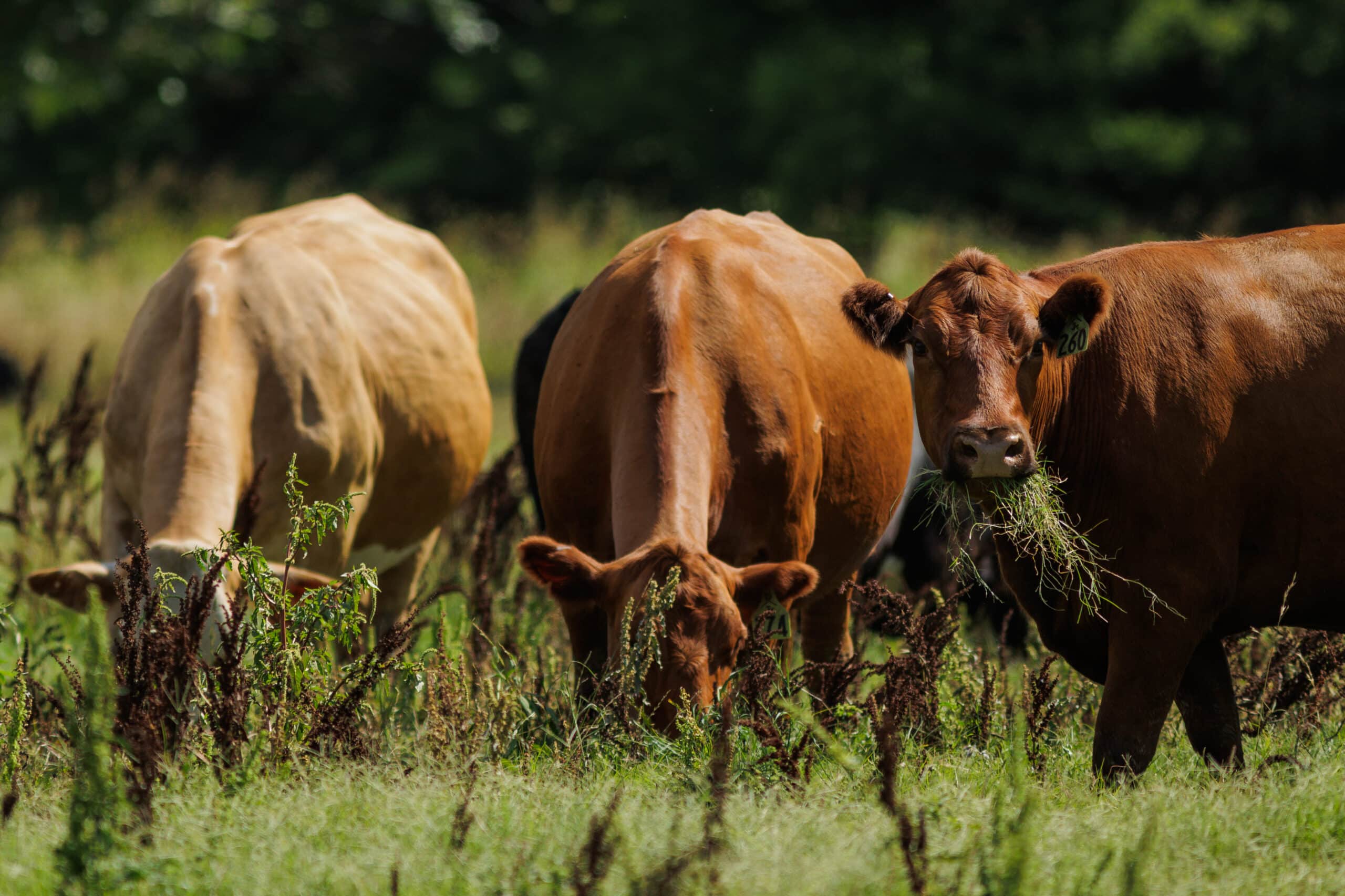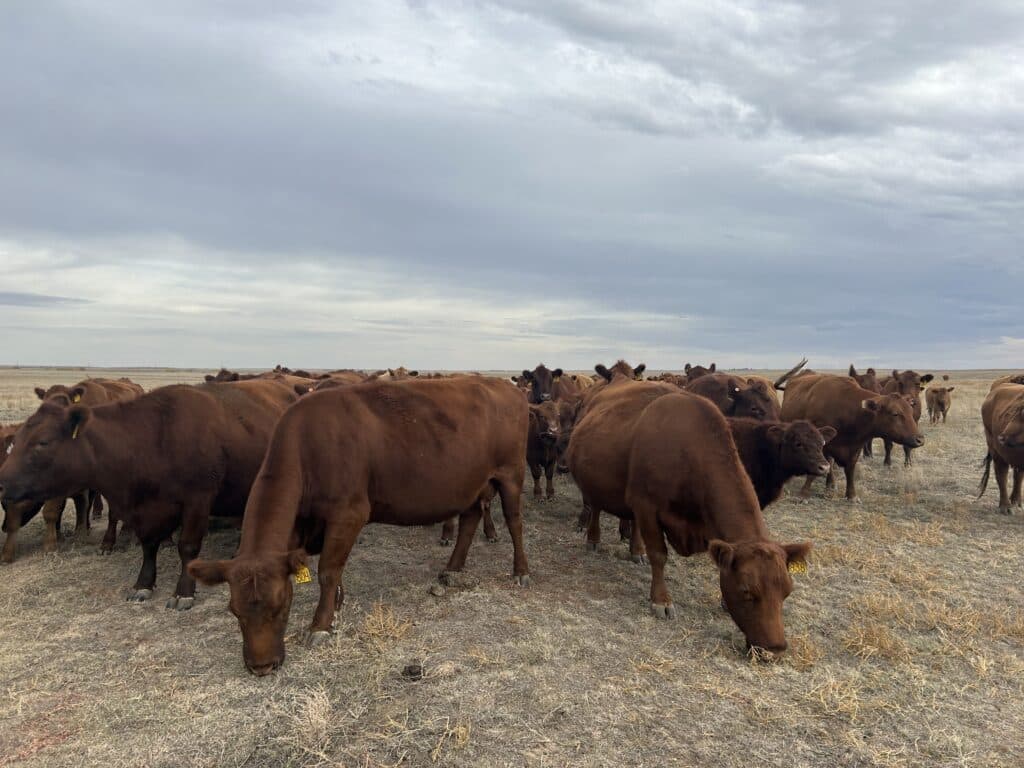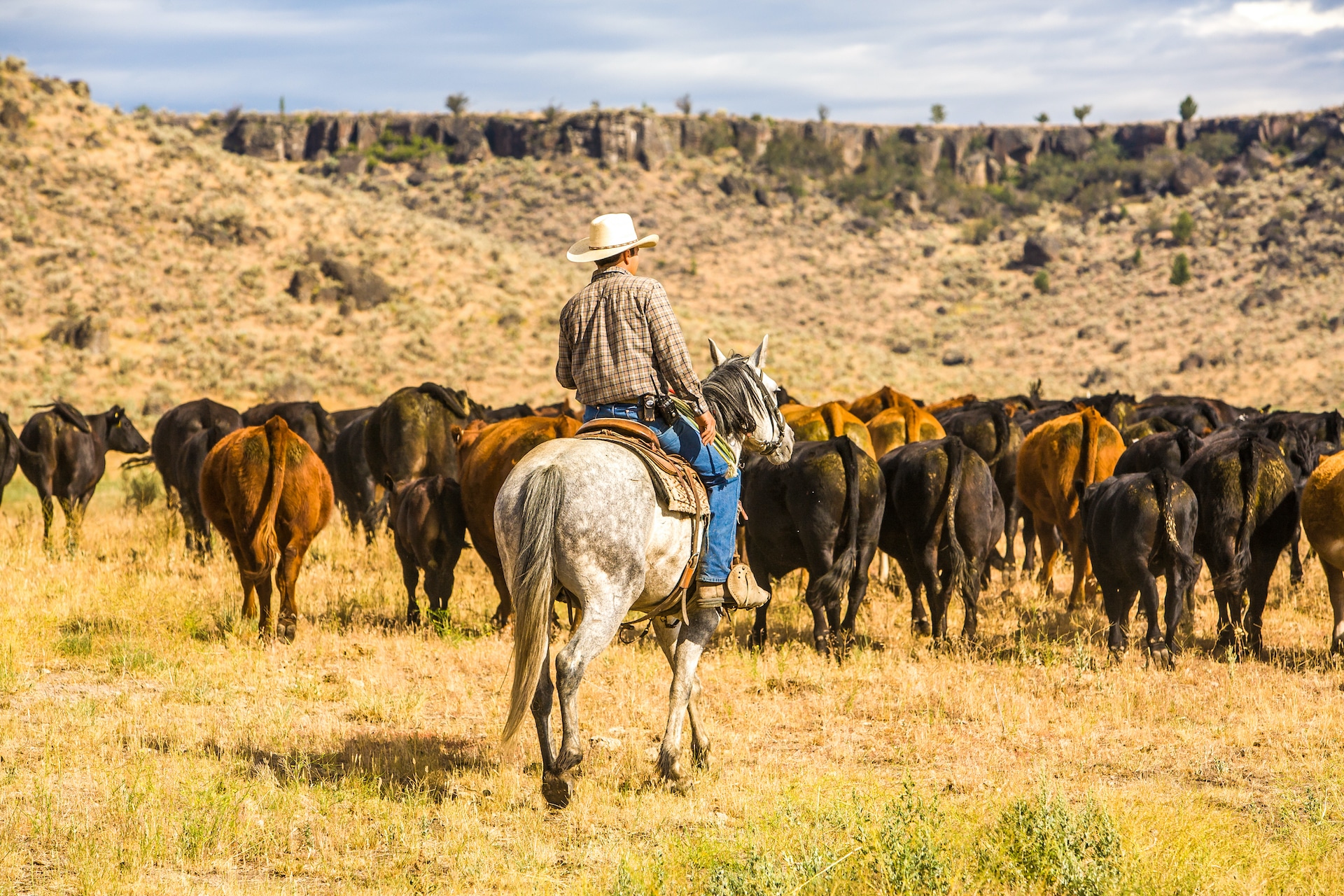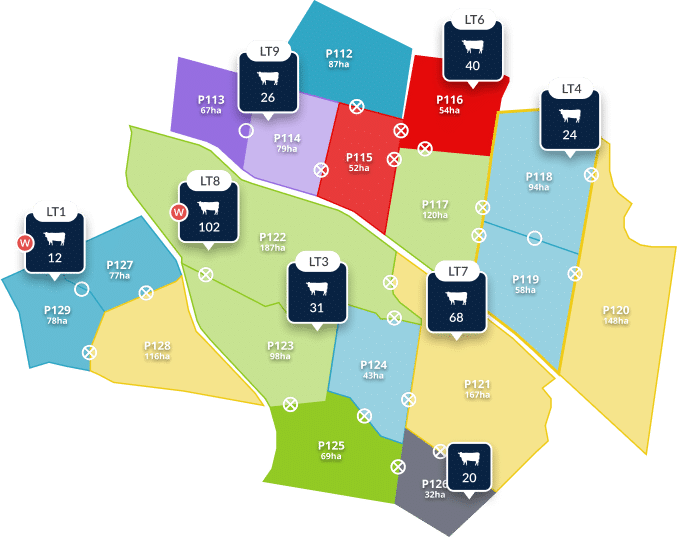The latest resources, updates, news, upcoming events, videos and press


17 June 2025

16 May 2025

13 March 2025
Subscribe to get more straight to your inbox
